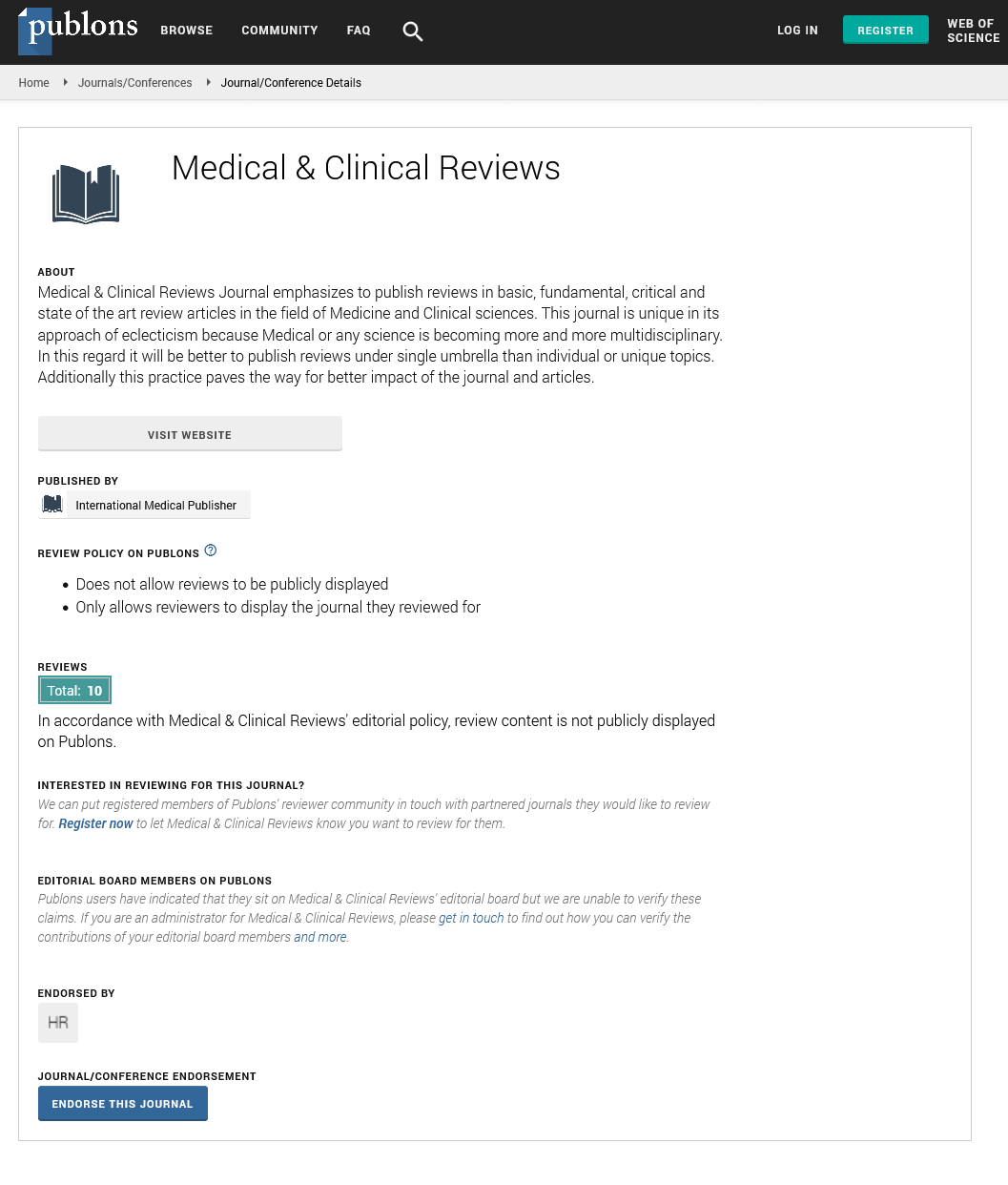Abstract
Colon Reconstruction and Esophageal Reconstructive Surgery
Esophageal reconstruction using colon graft was investigated in this review. Since the first use of the colon for esophageal reconstruction by Kelling and Vulliet, the colon reconstruction became a reliable surgical option to reconstruct partially or totally the esophagus. Over the time, the efficacy of colon graft has been thoroughly evaluated and definitively attested by competent surgeons during the past three decades. The mortality has been significantly improved however the early morbidity is still slightly higher compared to gastric reconstruction.
Despite the increased operative time and number of anastomoses, the advantages of a colon graft become apparent including its relatively straight mesentery, its status as an enough long graft to be pulled up to the neck, its low incidence of disease, its resistance gastroesophageal reflux and its long-term good functional results.
Compared to right colon, the left colon has less variation in blood supply and a smaller lumen diameter which matches perfectly with esophageal lumen. Colon reconstruction in an isoperistaltic fashion is the standard in order to prevent regurgitation and improve food transit. The posterior mediastinum and the substernal route are the most commonly route used in esophageal reconstruction. However in case of substernal colon reconstruction, as recommended by authors, the thoracic inlet should be enlarged by the partial remove of the manubrium and the left clavicle to ensure there is no compression on the transposed graft at the level of the thoracic inlet. The selection of appropriate colon graft should be based on the adequacy of blood supply and the length of reconstruction. Thereafter microvessel anastomosis should be added in cases where graft ischemia might occur.
Author(s):
Abdelkader Boukerrouche
Abstract | Full-Text | PDF
Share this

Google scholar citation report
Citations : 906
Medical & Clinical Reviews received 906 citations as per google scholar report
Medical & Clinical Reviews peer review process verified at publons
Abstracted/Indexed in
- Google Scholar
- China National Knowledge Infrastructure (CNKI)
- Directory of Research Journal Indexing (DRJI)
- WorldCat
- Publons
- Secret Search Engine Labs
Open Access Journals
- Aquaculture & Veterinary Science
- Chemistry & Chemical Sciences
- Clinical Sciences
- Engineering
- General Science
- Genetics & Molecular Biology
- Health Care & Nursing
- Immunology & Microbiology
- Materials Science
- Mathematics & Physics
- Medical Sciences
- Neurology & Psychiatry
- Oncology & Cancer Science
- Pharmaceutical Sciences


